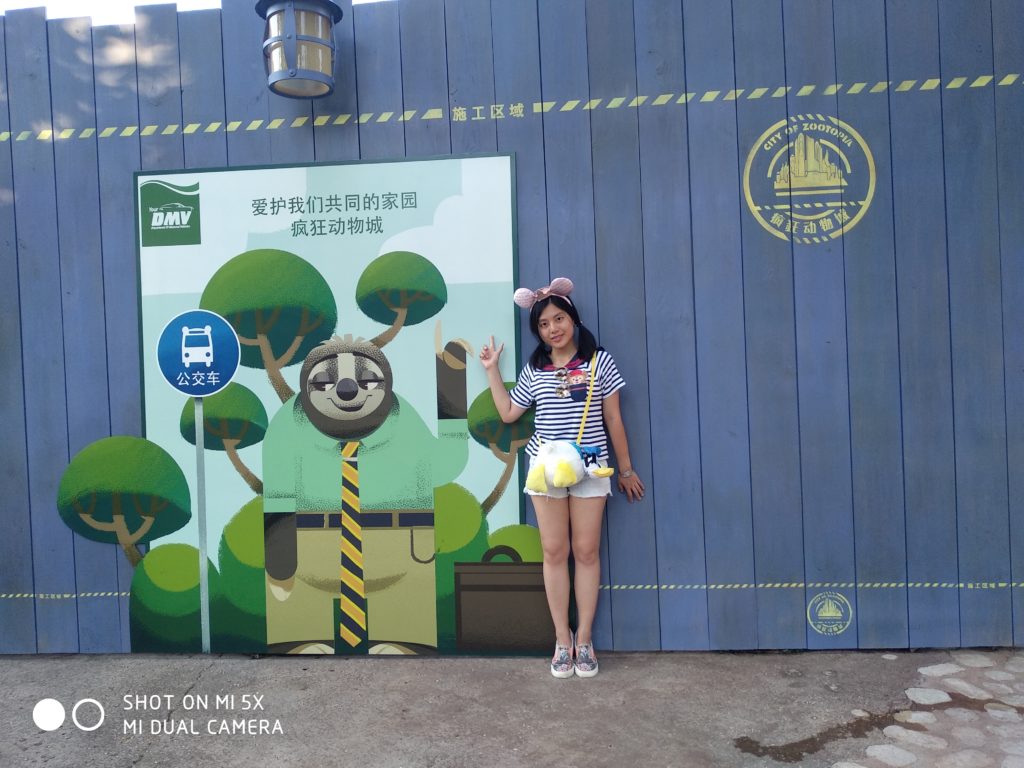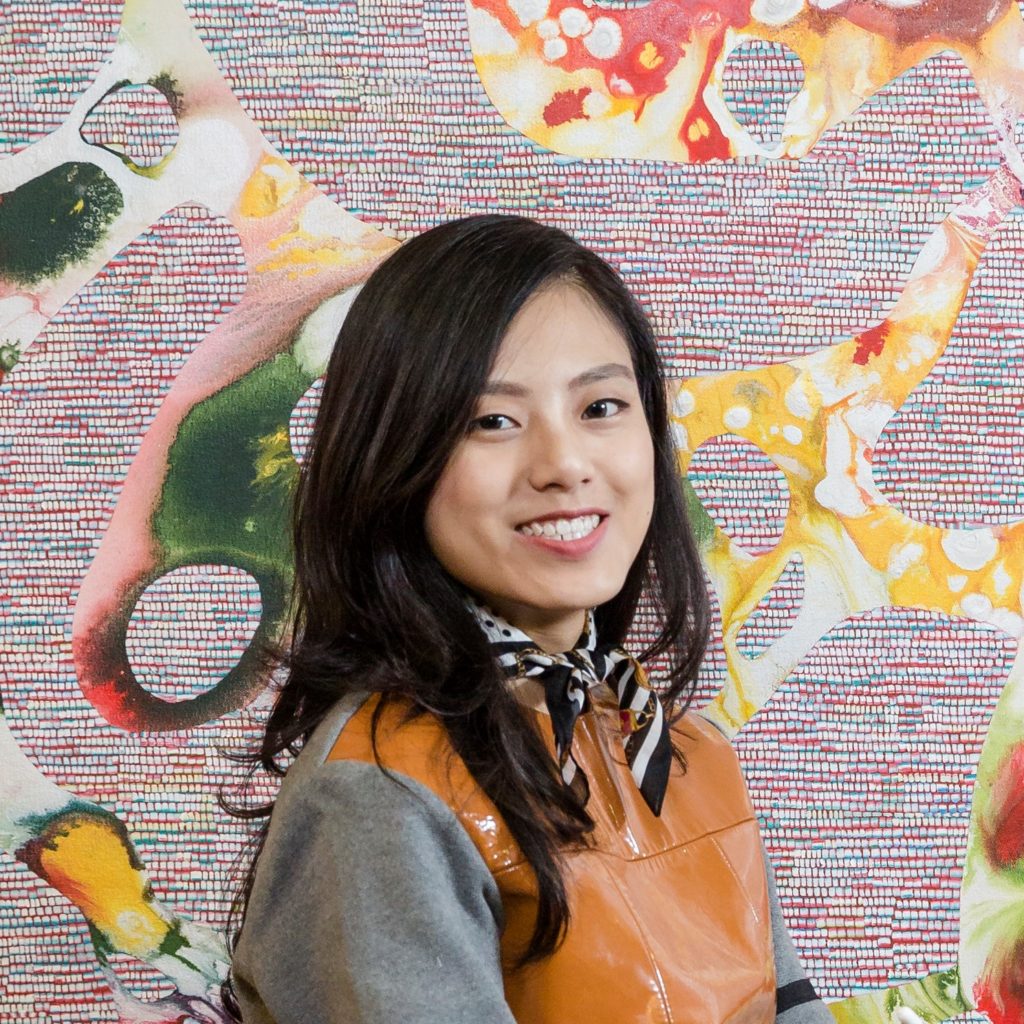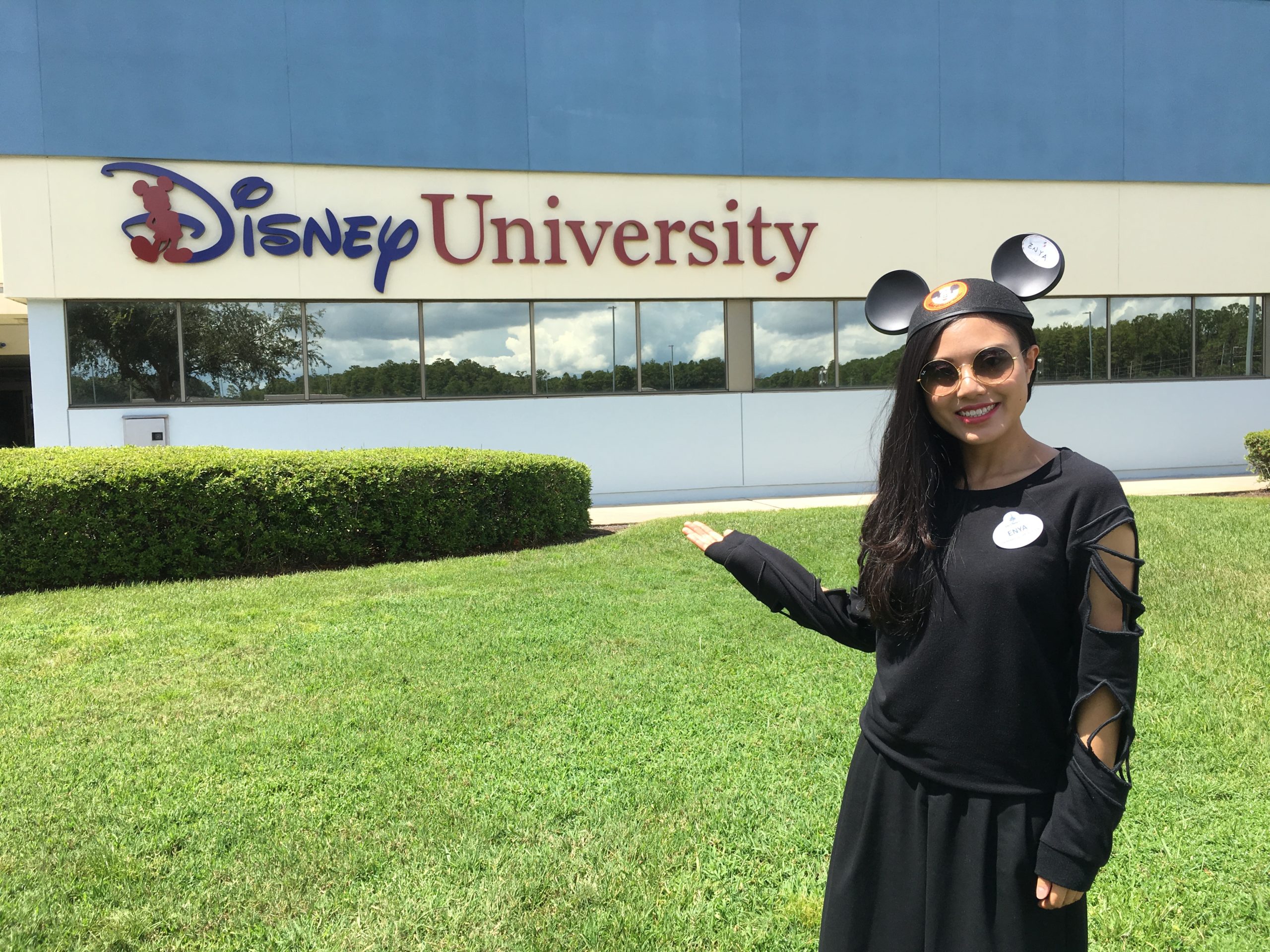By Yun Enya Huang
As I write this, I am in my second year of the Themed Entertainment Design (THED) program at the Savannah College of Art and Design (SCAD). Since I began this journey, I have had internship experiences with both Walt Disney Imagineering and Universal Creative, and my appetite for this amazing field grows every day. While my path hasn’t been traditional or straightforward, my focus on education and networking has been fruitful. It’s like a dark ride journey, full of unexpected but exciting moments, never knowing where the next scene might take you.
Growing up in China, I didn’t visit theme parks as a child – I was busy with school. As a traditional Asian student, I was expected to study engineering or finance, both honorable professions. But thinking about the most memorable moments of growing up, I do remember the small practice of designing the apartments where we lived and creating short films for competitions – both exercises in designing space and story. It wasn’t until later that I realized THED would allow me to do both.
Coming to the US and to SCAD, I started as an Interior Design major and I was fortunate to learn at the feet of two THED legends: George Head and Mike Devine. An intro class with Professor Head, a former Walt Disney Imagineer, taught us about guiding audiences through narrative spaces, creating happiness and thrills with cinematic art and other tools, and I was hooked. These emotions and experiences become memories that impact guests, not only in theme parks, but in daily life. I decided on a career and this triggered my desire to go to grad school. I knew that if I didn’t do it now, I would regret it.

Goal: internship
When I started my graduate program in THED, I set up the goals of getting a professional internship. But it is never easy.
I asked myself some questions: With my education background, how can I possibly get my foot into the door? What are my strengths and weakness – both hard skills and soft skills? I have learned about these not just in school, but also by networking. Trained in both interior design and themed entertainment design, I might be able to start from facility design. But these were my own initial theories. Real knowledge derives from practice, so I started taking part in networking events and informal interviews, opportunities found through the Themed Entertainment Association (TEA) and IAAPA. During this process, the most important thing is hearing feedback from industry professionals and the qualifications they are looking for in a specific position. I would adjust my portfolio and interview strategy accordingly for future interviews.
I met my mentor, Gregory Beck, former Dean of Entertainment Arts at SCAD, in a master class. He helped me identify opportunities and find my first internship – with Arcplus Group PLC and ITEC. Mr. Beck met with me regularly to advise me on professional development plans and challenges. Focusing on my strong skill sets in interior design and knowledge of themed entertainment, I networked and was subsequently recommended for an Interior Design internship at Walt Disney Imagineering.
A wide approach
My internship experiences have been wide and have given me experience in several areas, including interior design for cruise lines; research/analysis for themed entertainment project feasibility and operation; and show set design for attractions and area development, which is my current internship with Universal Creative. I’ve taken several quarters away from SCAD to complete internships. When I graduate, it will have taken about four years to get my master’s degree, but I’ll have a foundation of more than 18 months of relevant work experience when I finally set out to work full-time. I take every possibility to attend trainings or meet and greets with employees who are experts. I will continue to take advantage of every opportunity and learn as much as I can from other departments to proceed with professional development.
I have been exposed to collaborating across fields and disciplines, and it has opened a path to searching different positions. Based on these blending interests, my focus has changed from concept design/visualization to production design. Ultimately, I am interested in being a project art director. I’ve spoken with as many art directors as possible in the companies I’ve worked for. They all shared a common idea: to be an art director, I need to learn a little bit of everything. That’s why I try different things, and I am motivated to expand my knowledge. With my strong interest and the desire for exploration, I stepped out of my comfort zone, focused on my initiative, and extended my soft skills. In school, I have apprenticed as set designer, lighting designer, and sound designer in theater shows, live entertainment, and films.
Performing different roles has given me a diverse mind and different approaches to logic. I am learning the process, mindset and the value of diverse fields, and I am fascinated about what, how, and why they work. Learning new things makes me happy, and I love challenges.
Collaboration, communication and creativity in the real world
Every project has its real-world challenges of budgets and schedules. The creativity is not only in art and design, but in problem solving and moving a tense situation forward. As a young international professional, collaboration and communication are the most useful skillsets I can gain. When I enter a project without a strong THED background, I will serve as an “interpreter” of the THED mindset and process. I make sure to carefully choose my words and craft the story and design to clearly explain ideas. As an international student, a lot of work is done towards coordination, translation and living in multiple time zones. This drives me to practice communication and present myself as professional so that I can communicate confidence to the client.
Interestingly, the biggest challenge has been taking part in internships within the same company, department, or position, but at a different location. I experienced a significant difference in the overall team structure, project workflow, package deliverables, even ways to approach a vendor. Coming to a newer office in a different country, I thought that I could apply most of my experiences with the company. Not quite. I am getting a better idea of when and where it is valuable to reference my past experience, and where it is best to open my mind to accept new situations. Additional challenges have of course come during this time of global pandemic, which has occurred at a time when more and more collaborations have been taking place across countries and time zones.
Know your strengths and build your soft skills
Many people would like to enter the world of themed entertainment design but don’t know where to start. While experts say you need to be good at design, drawing, or color theory, themed entertainment is a lot about using soft skills. Everyone has their boundaries, no matter book skills or soft skills – you might feel that you are not good at something, but you could also push to focus more on what you are good at. You can choose to enhance your strengths or improve your weaknesses or do both at the same time in your education and mentorship.
Take advantage of classes, platforms and resources:
- -Expand your curriculum as much as you can.
- -Find external projects that you can put into a portfolio/resume to make you stand out from other candidates.
- -Craft your story/your branding and link to your portfolio.
Once you have an initial plan to start your career, you will see what works best for you, and sometimes things might change, or opportunities come unexpectedly. In this changing world, a degree is important and a benefit in the long term. So stick to your plan and finish school. Think twice before accepting a full-time job offer before finishing your degree. And always be sure to maximize your resources and cultivate connections both at school and in professional organizations. TEA and its TEA NextGen programs offer great platforms to meet people in different professions and begin networking in this industry. And plan to attend IAAPA Orlando every year; it’s the best way to keep track of new trends with the industry, as well as vendors in different areas.
Last but not least, be brave and professional – find ways to meet and greet people to further develop your career path.
With every day I have more confidence that my intention to become an entertainment designer was the right path. I am growing from a little girl who played with design as a hobby to an international designer. In the end, cherish what you have and know that the journey will always move you forward.







